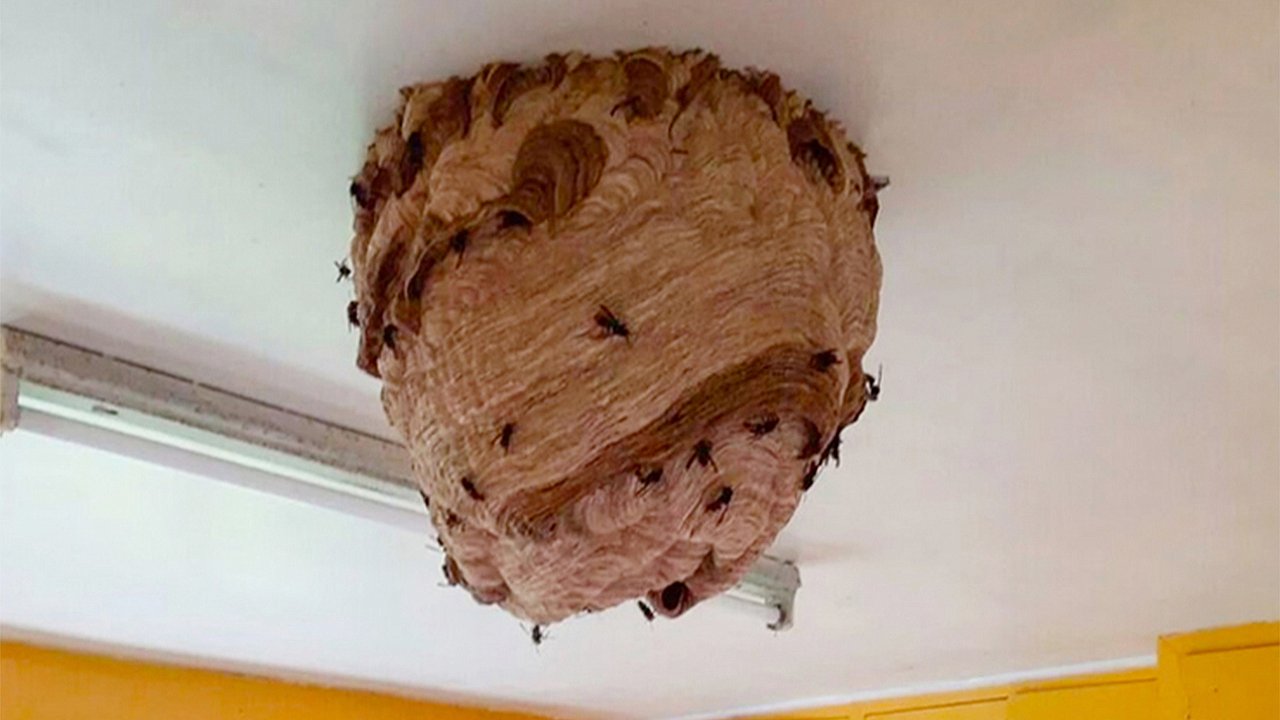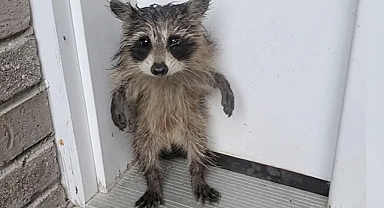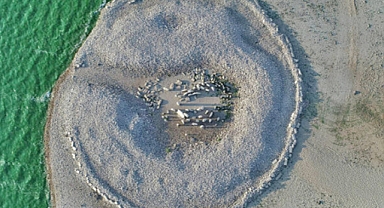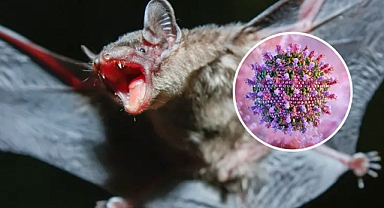Asian Hornet Nest Discovered in St Brelades, Channel Islands
Earlier this month, a massive Asian hornet (Vespa velutina nigrithorax) nest was located in an abandoned house in St Brelades, a picturesque town in the Channel Islands. The nest, measuring approximately 15 inches, was attached to the ceiling and housed around 1,500 hornets. Authorities report that this is one of the largest nests found this year in the UK, highlighting the increasing challenge of preventing the species from spreading further.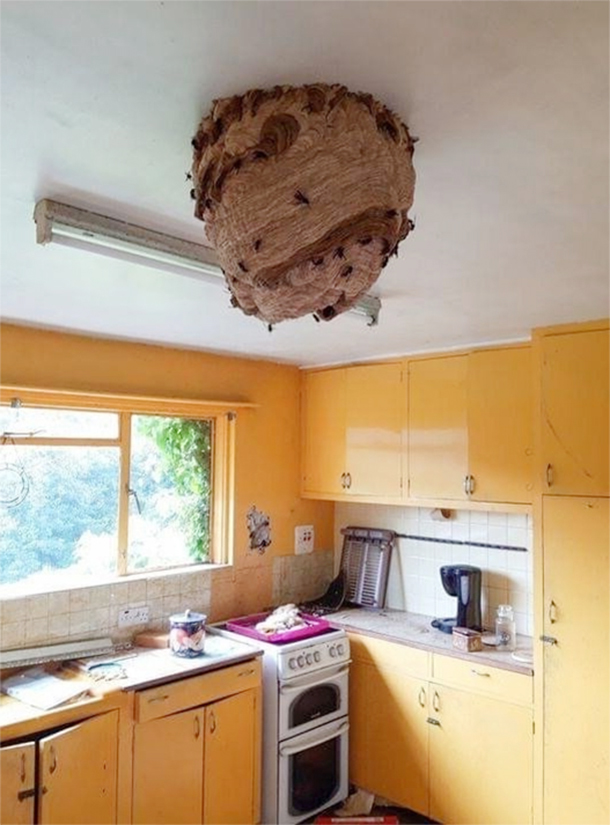
So far, 171 nests have been recorded in 2024, marking a significant increase of 71 from the same period last year. Officials are concerned that efforts to keep the invasive species from mainland Britain may be failing, leading to heightened warnings for residents and pest control agencies.Invasive Species Threat in the British Isles
The Asian hornet, native to Southeast Asia, has been recognized as an invasive species in multiple regions, including Europe and the UK. Known for their aggressive behavior and predation on honeybees, these hornets pose a substantial threat to local ecosystems. Their presence can disrupt native pollinators, leading to a decline in honeybee populations, which are crucial for crop pollination.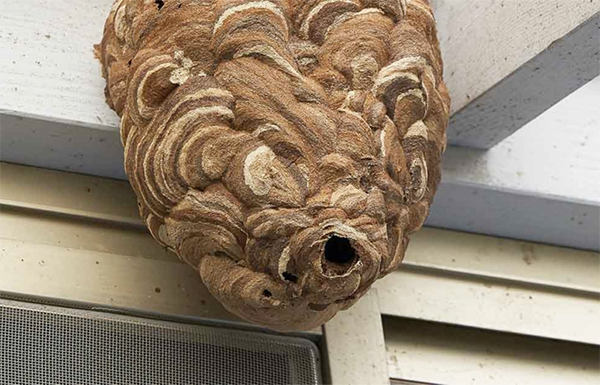 How Asian Hornets Arrived in Europe
How Asian Hornets Arrived in Europe
The first recorded arrival of Asian hornets in Europe occurred in the south of France, where they are believed to have been inadvertently transported inside a shipping container. Since then, the species has spread across the continent, with the Channel Islands acting as a frontline in the battle against their expansion into the UK.
Due to their adaptability, Asian hornets establish nests in various locations, including:
Asian hornets can be highly aggressive when their nests are disturbed, making it critical to handle sightings with caution. If you come across a nest, follow these safety measures:1. Observe and ReportDo not attempt to remove or disturb the nest yourself.
With the increasing number of nests being reported each year, experts fear that the UK is on the brink of a full-scale Asian hornet invasion. Monitoring and rapid intervention are crucial in controlling their spread and minimizing their impact on local wildlife and human safety.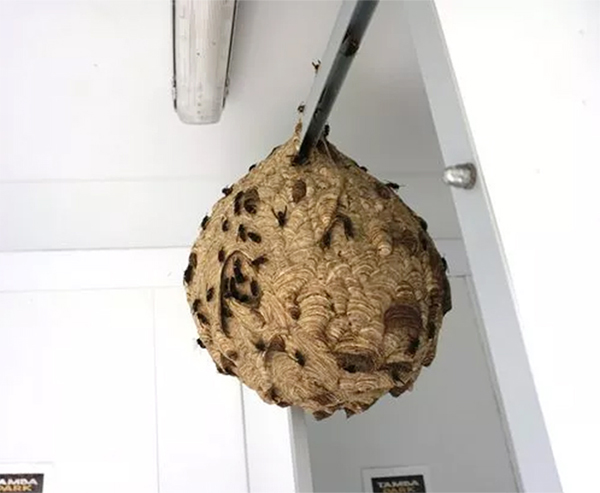
Authorities urge residents to stay vigilant and report any sightings immediately to prevent the situation from worsening. The fight against this invasive species requires a collective effort to protect the environment and maintain ecological balance.
Earlier this month, a massive Asian hornet (Vespa velutina nigrithorax) nest was located in an abandoned house in St Brelades, a picturesque town in the Channel Islands. The nest, measuring approximately 15 inches, was attached to the ceiling and housed around 1,500 hornets. Authorities report that this is one of the largest nests found this year in the UK, highlighting the increasing challenge of preventing the species from spreading further.

So far, 171 nests have been recorded in 2024, marking a significant increase of 71 from the same period last year. Officials are concerned that efforts to keep the invasive species from mainland Britain may be failing, leading to heightened warnings for residents and pest control agencies.Invasive Species Threat in the British Isles
The Asian hornet, native to Southeast Asia, has been recognized as an invasive species in multiple regions, including Europe and the UK. Known for their aggressive behavior and predation on honeybees, these hornets pose a substantial threat to local ecosystems. Their presence can disrupt native pollinators, leading to a decline in honeybee populations, which are crucial for crop pollination.
 How Asian Hornets Arrived in Europe
How Asian Hornets Arrived in EuropeThe first recorded arrival of Asian hornets in Europe occurred in the south of France, where they are believed to have been inadvertently transported inside a shipping container. Since then, the species has spread across the continent, with the Channel Islands acting as a frontline in the battle against their expansion into the UK.
Due to their adaptability, Asian hornets establish nests in various locations, including:
- Ceilings and attics in homes and buildings
- Trees and shrubs
- Orchards and farmlands
- Warm, sheltered spots where they can survive colder months
Asian hornets can be highly aggressive when their nests are disturbed, making it critical to handle sightings with caution. If you come across a nest, follow these safety measures:1. Observe and ReportDo not attempt to remove or disturb the nest yourself.
- Report sightings to local authorities or the Animal and Plant Health Agency (APHA) in the UK.
- Provide precise location details to experts for safe removal.
- Keep children and pets away from suspected nests.
- If stung, seek medical attention, as Asian hornet stings can be painful and, in rare cases, cause allergic reactions.
- Keep windows and doors closed when possible, especially at night when hornets may be attracted to light.
- Stay updated on local reports of hornet sightings to take necessary precautions.
- 5. Seek Professional Pest Control ServicesContact experienced pest control professionals if you discover a nest near your home or workplace.
- Professionals have the necessary equipment and knowledge to remove nests safely and prevent further infestation.
With the increasing number of nests being reported each year, experts fear that the UK is on the brink of a full-scale Asian hornet invasion. Monitoring and rapid intervention are crucial in controlling their spread and minimizing their impact on local wildlife and human safety.

Authorities urge residents to stay vigilant and report any sightings immediately to prevent the situation from worsening. The fight against this invasive species requires a collective effort to protect the environment and maintain ecological balance.
